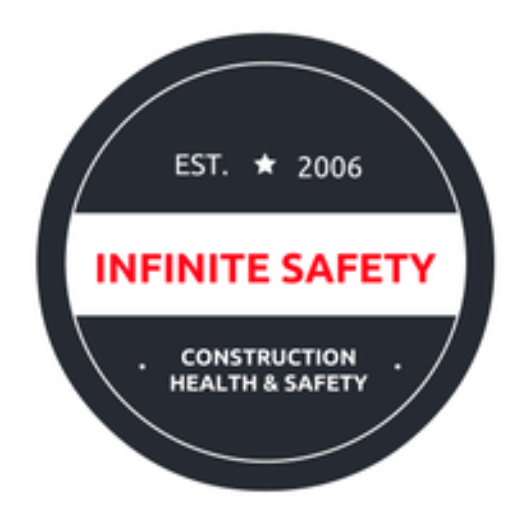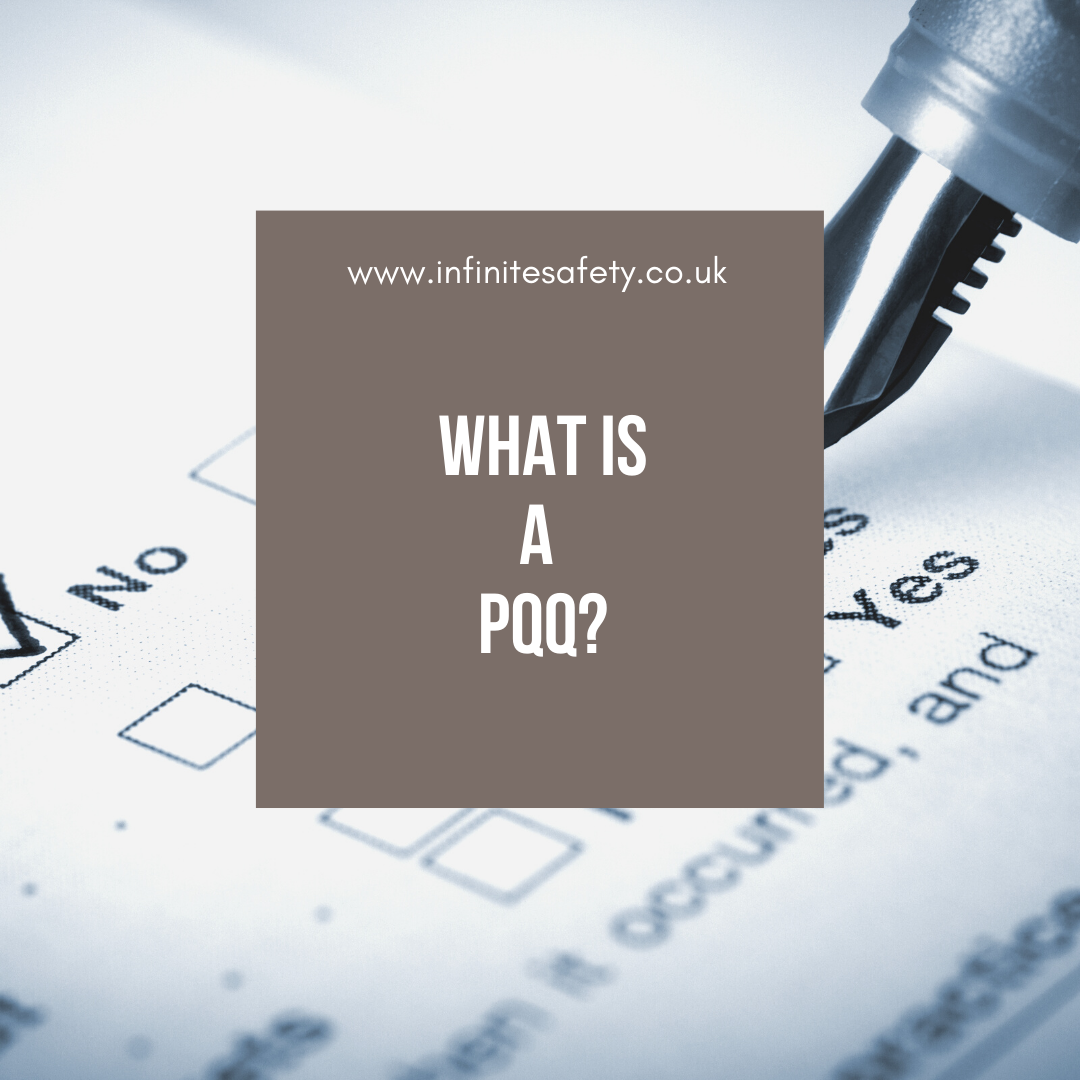PQQ – What Does it Mean?
PQQ stands for Pre-Qualification Questionnaire. It is one of the many health and safety words commonly used in the construction industry.
A pre-qualification questionnaire is used by clients to demonstrate they have undertaken due diligence before appointing subcontrators. Although a client may have worked with a subcontractor for many projects, the due diligence has to be documented as this will offer a defence in personal injury claims.
What Questions are on a PQQ?
Company details such as Directors details plus the details of the person who deals with health and safety within the company.
Insurance details are required. Subcontractors must have employers liability and public liability. If they do not, then the Principal Contractor carries more liability. The Principal Contractor will also be breaching the CDM Regulations 2015.
Accreditations are a Fast Track Pass
If a company holds an SSIP1 accreditation, such as CHAS, SMAS or Safecontractor, their competence is verified. The SSIP1 application requires subcontractors to supply all the information required by a PQQ. The SSIP1 company then assesses the information and issues a certificate if it is compliant. This certificate can be sent with PQQ’s to clients rather than having to provide all the same documentation over and over again to each client.
Even if a subcontractor holds an SSIP1 certificate, they must still provide proof of insurance and a completed PQQ. Without the PQQ, due diligence cannot be proven.
What Documentation is Required?
The PQQ will request a signed copy of the subcontractors health and and safety policy is provided. This is to ensure there is a written commitment to working to the requirements of the Health and Safety at Work Act.
Principal Contractors need to ensure a subcontractors workforce is competent. Subcontractors can prove this by sending copies of training certificates. Asbestos Awareness certificates are a must for companies working structures built before the year 2000.
Subcontractors completing a PQQ will be asked for the number of accidents that have occurred in the last 3 years. This is for several reasons. Firstly, to ascertain the risk of appointing the company. A large number of accidents suggests health and safety is not managed well by the subcontractor. This could lead to personal injury claims for the Principal Contractor. Secondly, the Principal Contractor is interested in the remedial actions taken after the accident. This gives an indication of the commitment to health and safety of the subcontractor.
Enforcement notices issued by the Health and Safety Executive must also be disclosed. Again, this is an assessment of liability. The actions taken to redress the notice gives a reflection of how the company reacts to compliance.
Example Risk Assessments and Method Statements are often asked for on a PQQ to give an idea of the knowledge and experience of a subcontractor. Poorly described method statements cannot be followed by operatives. If control measures are not suitable and sufficient, an accident is likely to occur thus increasing the liability on the Principal Contractor.
Assessment of the Questionnaire and Supporting Documents
A competent person is required to check through the PQQ. The competent person in this case is someone with health and safety knowledge who can make a judgement on the risk of appointing the subcontractor.
We Complete PQQ’s for Our Retained Clients
PQQ completion is time consuming and laborious. Our retained clients keep on top of PQQs by sending the questionnaires over to us and we liaise directly with their client.

